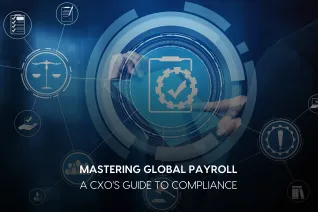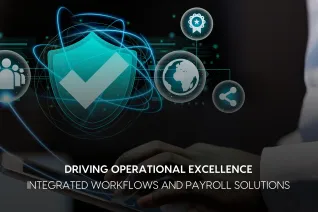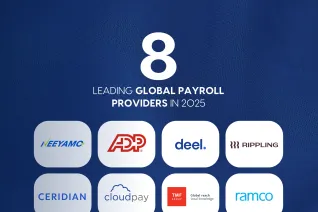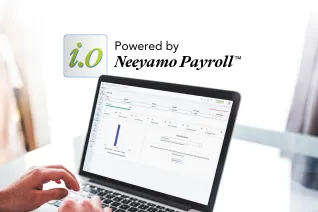The Future of Global Payroll: Powered by Artificial Intelligence
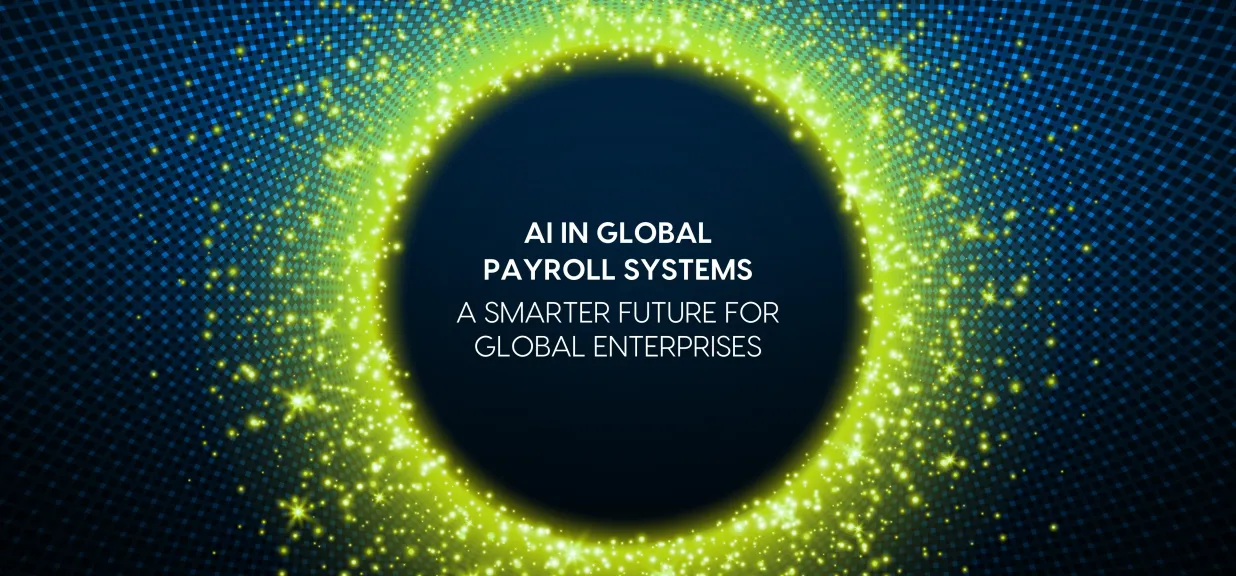
The role of payroll has shifted dramatically over the last few years—from a transactional back-office function to a core driver of workforce satisfaction, compliance, and business strategy. Yet despite its importance, 33% of employers still make payroll errors, costing them billions annually in penalties and corrections. Artificial intelligence (AI) is fundamentally transforming how global payroll is managed, accelerating this evolution in 2025. From touchless payroll systems to predictive compliance and real-time integrations, AI is rewriting the payroll playbook.
From Automation to Intelligence
For decades, payroll transformation was synonymous with automation. But while automation reduced manual workload, it lacked the intelligence to predict, adapt, and optimize. AI closes this gap.
Today’s AI-driven payroll systems go beyond task execution—they analyze trends, learn from past behaviors, detect anomalies, and even forecast regulatory changes. This shift is ushering in an era of predictive and autonomous payroll, where systems don’t just do — they think.
How AI Is Redefining Payroll Operations
1. Predictive Compliance
AI is evolving from operational optimization to proactive compliance. With growing regulatory complexity across borders, organizations can no longer rely on manual compliance tracking. AI now monitors and interprets legislative changes in real-time, auto-updates system configurations, and flags potential risks before they become violations.
2. Touchless Payroll
Touchless payroll—an AI-driven system that runs payroll without human intervention—is quickly becoming a reality. This allows teams to shift from repetitive processing to strategic oversight. Companies that have adopted touchless payroll report significantly fewer errors, improved work-life balance for payroll teams, and a substantial reduction in queries and corrections.
3. Dynamic Compensation Intelligence
AI enables real-time alignment between pay and performance. Payroll systems now offer predictive pay modeling and personalized compensation simulations. This empowers employees with transparency and allows employers to create agile compensation frameworks tied to evolving market trends.
4. AI-Led Data Integration
Modern payroll doesn’t operate in isolation. AI bridges data from HR, finance, and time-tracking systems to create a unified source of truth. Integrated systems eliminate silos, streamline reporting, and enable predictive analytics—helping organizations forecast workforce needs, optimize spend, and manage talent more strategically.
5. Enhanced Accuracy & Speed
AI is significantly improving the accuracy and efficiency of payroll processes. AI makes payroll more accurate and efficient by automatically checking data, finding unusual patterns, and smartly handling information. This lowers the chances of mistakes that can lead to expensive fixes or compliance problems. These smart systems also speed up payroll processes and make them more consistent across different countries, resulting in a faster, more reliable global payroll that requires fewer resources.
ALSO READ | AI-Powered Payroll Compliance: A Smarter Approach to Streamline Your Business
Neeyamo’s Take: AI at the Core with Neeyamo Payroll I.O
At Neeyamo, we believe payroll is no longer just about processing payments—it's about powering people and possibilities. That’s why we developed Neeyamo Payroll I.O, a smart engine built to handle the complexities of global payroll with embedded AI at its core.
With AI capabilities in Neeyamo Payroll I.O, organizations benefit from:
- Anomaly detection to identify irregularities before payroll is run
- Automated compliance tracking that monitors country-specific changes
- Smart validations that reduce manual touchpoints
- Data enrichment to transform raw inputs into structured, actionable data
- Proactive security, using AI to monitor for risks in real-time
Neeyamo Payroll I.O is designed to be adaptive, intelligent, and integrated—empowering payroll teams to stay compliant, scale globally, and focus on strategic initiatives rather than day-to-day operations.
The Hidden Cost of Lagging Behind
The absence of AI in payroll systems not only hampers operational efficiency — it also opens the door to critical business risks. Here's what organizations stand to lose:
- Compliance Blind Spots: Without AI monitoring regulations across jurisdictions, companies risk costly non-compliance.
- Operational Inefficiency: Manual payroll processes slow down operations and increase error rates—resulting in corrections, delays, and a drain on internal resources.
- Employee Experience Gap: In today’s on-demand world, employees expect real-time access to payroll information and fast resolution of issues. Without AI-driven portals or smart support, dissatisfaction rises—and so does attrition. In short, more agile, tech-savvy competitors risk outpacing organizations that delay AI adoption. Payroll is no longer just about “getting it done”—it’s about doing it intelligently, securely, and globally.
ALSO READ | The Future of Work: How Multinationals Can Transform the EU Time-Tracking Mandate into Strategic Advantage
Beyond Insight: How AI Is Transforming the Future of Payroll
Payroll is no longer reactive. With AI at the core, it’s becoming a forward-looking function — one that anticipates changes, informs strategic decisions and personalizes employee experiences.
Organizations leveraging AI in payroll are already seeing tangible results: a 20% boost in payroll accuracy, faster processing cycles, and reduced compliance errors. But beyond operational gains, AI is shaping how payroll connects to larger business and employee needs.
A major trend in 2025 is the increasing popularity of Earned Wage Access (EWA). This is a system that uses smart payroll technology to let employees get some of their pay before their regular payday.
Neeyamo's Payroll Trends report shows that many employees care about financial well-being; 76% value programs support it. Also, 59% of younger workers (millennials) say they prefer companies offering flexible pay. AI very importantly makes EWA work smoothly, ensuring these early payments are accurate and follow all necessary rules.
AI is also enabling predictive payroll analytics, allowing businesses to forecast labor costs, model compensation strategies, and benchmark workforce performance. By integrating demographic, pay, and turnover data, organizations gain the visibility they need to remain competitive and resilient in dynamic labor markets.
As payroll systems become smarter, more integrated, and increasingly self-regulating, AI is no longer a “nice to have” — it’s the engine powering the future of global payroll. To know more, reach out to us at irene.jones@neeyamo.com!
Latest Resources
Stay informed with latest updates
If you're curious and have a thirst for knowledge pertaining to the HR, payroll, and EOR universe, don't miss out on subscribing to our resources.




